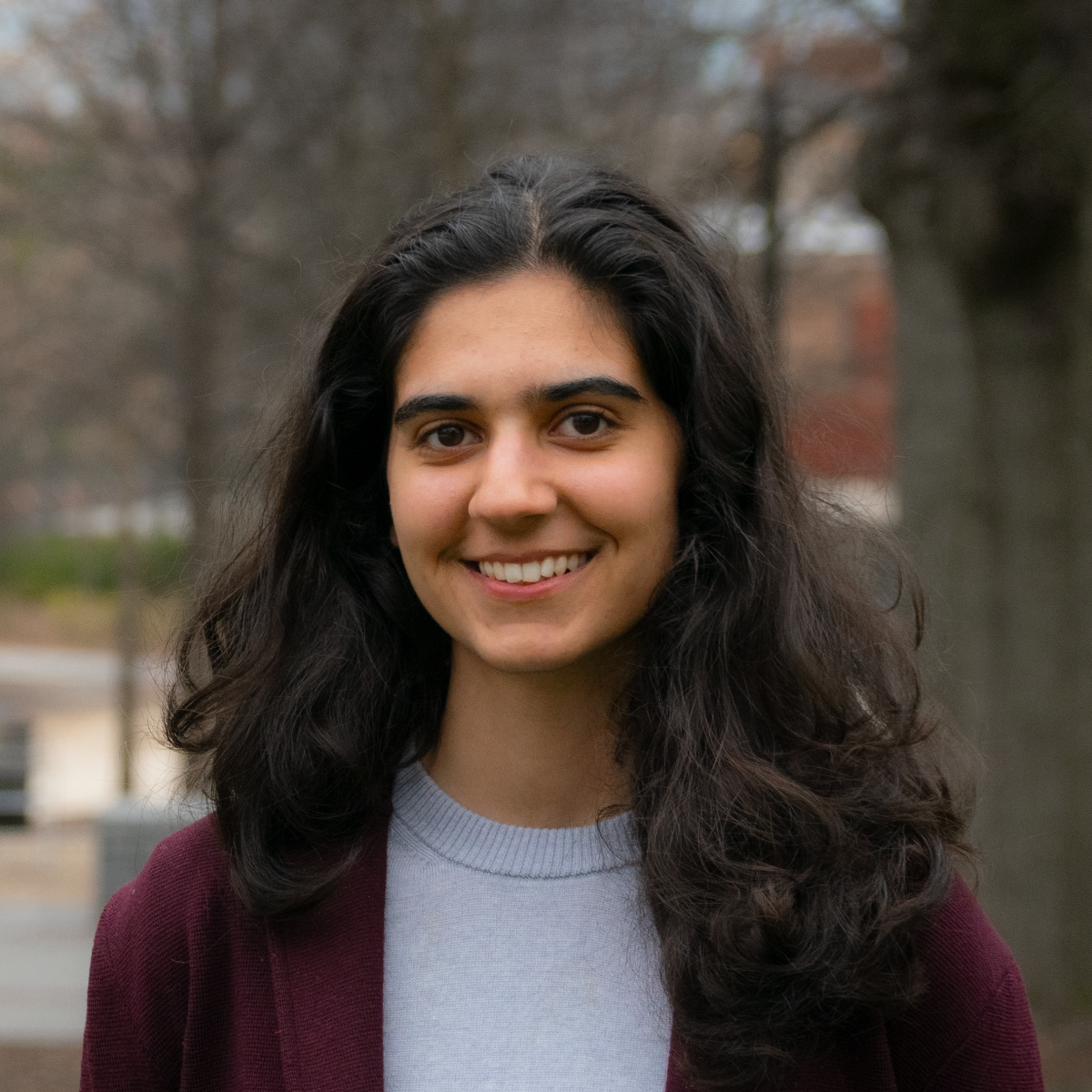The $250,000 scholarship will go towards her research interests in space plasma physics.
Daniel Guggenheim School graduate Adele Payman (B.S.A.E. 2023) is among the 15 Hertz Foundation Fellowship scholars selected to further their innovative graduate research. As a Hertz Fellow, she will receive $250,000 over a five-year period to work on theory and experiments to better understand astrophysical plasmas and solar flares.
“It’s a huge honor to be awarded a Hertz Fellowship. It also comes with a responsibility to commit to using your skills to help the nation in a time of crisis or a time of national emergency, and I think that's a very powerful pledge that resonated with me. I also feel very honored and grateful to Georgia Tech and the opportunities that I had in the AE School and outside of it,” she shared.
Payman was born in London and moved to California when she was 16 years old. Growing up, she always had a fascination with space and was really interested in physics, the perfect formula for an aspiring aerospace engineer.

Adele Payman
She said she was drawn to Georgia Tech’s aerospace engineering program because of the focus of hands-on engineering outside of the classroom, as well as the beautiful campus.
She began research during her first year at Georgia Tech, then worked in three labs before graduation: the Scalable Thermal Engineering Lab, the Plasma and Dielectrics Lab, and the High-Power Electric Propulsion Lab.
“My lab experience was very hands on. I built components to support experiments in all three labs, and it inspired me to continue to pursue graduate research in plasma physics,” said Payman.
She interned every summer at the NASA Jet Propulsion Lab (JPL), working on the Europa Clipper mission as a flight systems intern, and then later with the electric propulsion group on compact heaterless hollow cathodes for high-power Hall thrusters. Her research with the electric propulsion group resulted in two publications: Development of A 50-A Heaterless Hollow Cathode for Electric Thrusters and Heaterless 300 A Lanthanum Hexaboride Hollow Cathode.
Ready for Liftoff
Outside of her classwork and research, Payman led the Yellow Jacket Space Program (YJSP) – a club that designs, builds, and flies liquid-fueled rockets. YJSP has an ambitious goal of flying a rocket to the Karman Line, the official edge of space 100 km above the Earth. As president, Payman developed her public speaking skills and planned logistics for rocket tests and launches.
“I think that it's really valuable to get leadership experience, especially as an engineer. So much of the work that engineers do is contingent on how well they can work in a team,” she shared. “Luckily, we have a lot of really great students and leadership positions, so I had a lot of support. Overall, it was a probably the most rewarding thing I did in college.”
The team recently hit a major milestone of launching 20,000 feet in the Mojave Desert and just released a short documentary of the launch.
This fall, Payman plans on pursuing her doctoral program in applied physics at the California Institute of Technology after completing a summer internship with Sandia National Laboratory in New Mexico working with the Pulsed-Power Science and Technology group.
(text and background only visible when logged in)
(text and background only visible when logged in)
Related Stories

After Milestone Launch, Yellow Jacket Space Program Is Shooting for the Stars
The Yellow Jacket Space Program (YJSP) crew prepared to witness the culmination of five years of work as the countdown began to launch of their subscale liquid-fueled rocket.